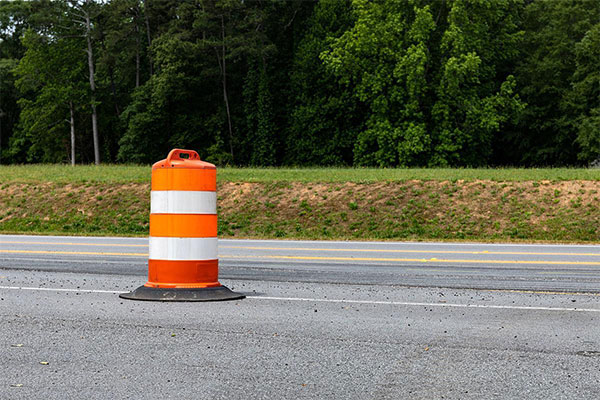What Is the Use of Traffic Barrels?
Traffic barrels, also known as traffic drums or safety barrels, are a common sight on roadways, highways, and construction sites. They play a crucial role in ensuring the safety of both motorists and construction workers. In this article, we will explore the various uses of traffic barrels and their importance in traffic management and construction safety.

1. Temporary Traffic Control
One of the primary uses of traffic barrels is to establish temporary traffic control measures. When road maintenance, construction, or repair work is in progress, traffic barrels are strategically placed to guide motorists and create a safe and organized flow of traffic. These bright orange barrels with reflective stripes serve as a visual cue to drivers, directing them away from work zones, hazards, or closed lanes. They help maintain the order and prevent accidents in areas with changing traffic patterns.
2. Channelization
Traffic barrels are excellent tools for channelizing traffic. They can be used to create temporary traffic lanes, merge points, or detours to keep vehicles flowing smoothly through construction zones or other temporary road disruptions. By clearly defining lanes and paths for vehicles to follow, traffic barrels reduce the risk of collisions and ensure a safer environment for both drivers and construction workers.
3. Warning and Safety
Traffic barrels are highly visible and serve as warning devices for drivers. Their distinctive bright orange color, combined with reflective striping, makes them easily identifiable, even in low-light conditions. In situations where road conditions are compromised, such as during adverse weather, or when there are temporary obstacles like potholes or debris, traffic barrels can be used to alert drivers to potential dangers. By providing a visual warning, they help prevent accidents and ensure the safety of all road users.
4. Pedestrian Safety
Traffic barrels are not just for vehicles. They are also used to create safe pedestrian walkways in construction areas. By separating foot traffic from vehicular traffic, they ensure the safety of workers and pedestrians. Additionally, some traffic barrels can be filled with sand or water to add weight, making them stable and capable of withstanding impact, further enhancing pedestrian safety.
5. Marking Hazards
In some cases, traffic barrels are used to mark hazardous areas or obstacles. Whether it’s identifying the edges of excavation sites, utility work, or other potentially dangerous zones, these barrels serve as a visible marker, alerting workers and passersby to exercise caution.
Conclusion
Traffic barrels are versatile safety tools that play a pivotal role in road safety and construction site management. Their bright color, reflective striping, and portability make them essential for controlling traffic flow, warning drivers of hazards, and safeguarding pedestrians. These simple yet effective devices are instrumental in maintaining safety on our roadways and construction sites, making them a vital part of traffic management and construction safety procedures.
By understanding the various uses of traffic barrels and their significance, we can appreciate their contribution to ensuring the safety of workers and the traveling public. So, the next time you encounter a traffic barrel on the road, remember that it’s there to keep everyone safe and ensure a smooth and orderly flow of traffic.

